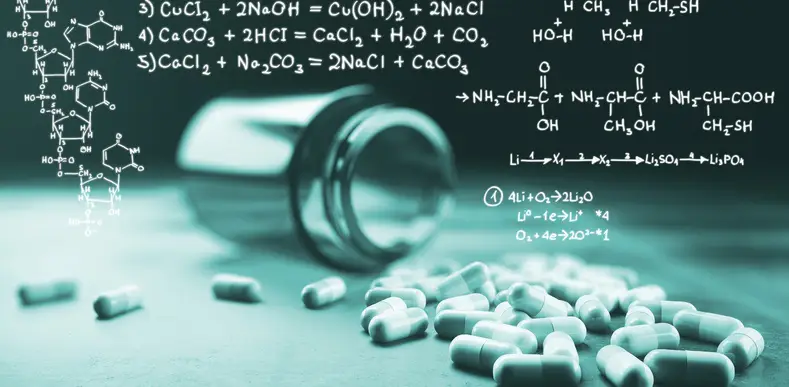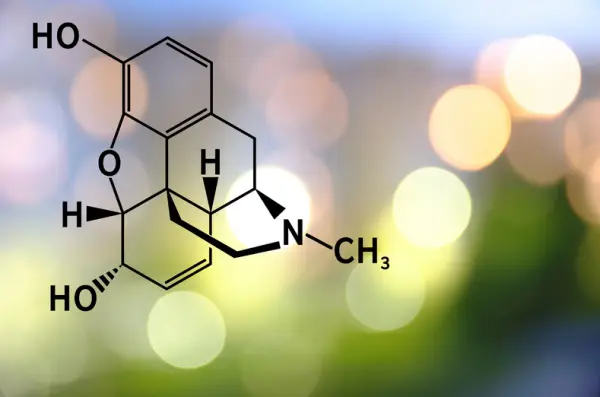Morphine Dependence vs. Addiction: What’s the Difference?

Morphine is a commonly prescribed opioid pain reliever. The drug is most commonly prescribed in hospital settings for acute pain relief. It works by binding to the brains pain receptors and altering how pain is perceived. It also creates mood changes, euphoria, and lightheadedness.
One big problem with morphine is that it is highly addictive. That is exactly why physicians are taught to only prescribe morphine for short-term use. Many people who use morphine for pain management become dependent on the drug. Many others become addicted. What is the difference? How can you tell them apart?
This article contrasts morphine dependence with morphine addiction. How can you tell if your dependence on morphine has become an addiction? What can you do if it has?
Symptoms of Morphine Addiction
Understanding the difference between morphine dependence and morphine addiction is a sometimes subtle but necessary exercise. The difference lies between physical dependence on the pain medication and the mental craving to take more.
One way to understand the addiction versus dependence issue is that a physical dependence on pain relievers such as morphine means that the person will feel bodily side effects when the drug leaves the system. These side effects could include a return of the pain the person had been feeling.
Error: Contact form not found.
The symptoms of morphine addiction are more complex. In addition to the physical symptoms, there is an increased and sometimes unbearable mental and emotional craving for the drug and the euphoria it brings. Morphine addiction brings a desire to use the drug past any negative consequences, such as the loss of a job or a relationship. The drug overwhelms common sense and the desire to do anything else except have more morphine. It is a terrible compulsion that can destroy a life, and the irony is that it usually stems from a medically prescribed drug that has one simple goal — to alleviate pain.

HOW TO SPOT THE DIFFERENCE BETWEEN DEPENDENCE AND ADDICTION?
Getting Help: Morphine Addiction Treatment
In these difficult situations, Washington State addiction treatment resources are prepared to handle morphine addiction. What are the signs that the person has slid down the slippery slope into addiction? Addiction is likely present if the person is:
- Using the morphine in higher doses than what is prescribed by the doctor.
- Injecting morphine by crushing it and mixing it with water in an off-label use of the medication.
- Chewing a morphine tablet to get a faster high.
- Crushing the morphine and snorting it to increase absorption.
These are all symptoms that morphine dependence has turned into a strong case for addiction treatment. While it is possible to be physically dependent on morphine without being addicted, addiction treatment centers can help you figure out the best path away from the medication. Addiction treatment is just a phone call away. To learn more about admissions to our residential treatment facility, contact us today.

